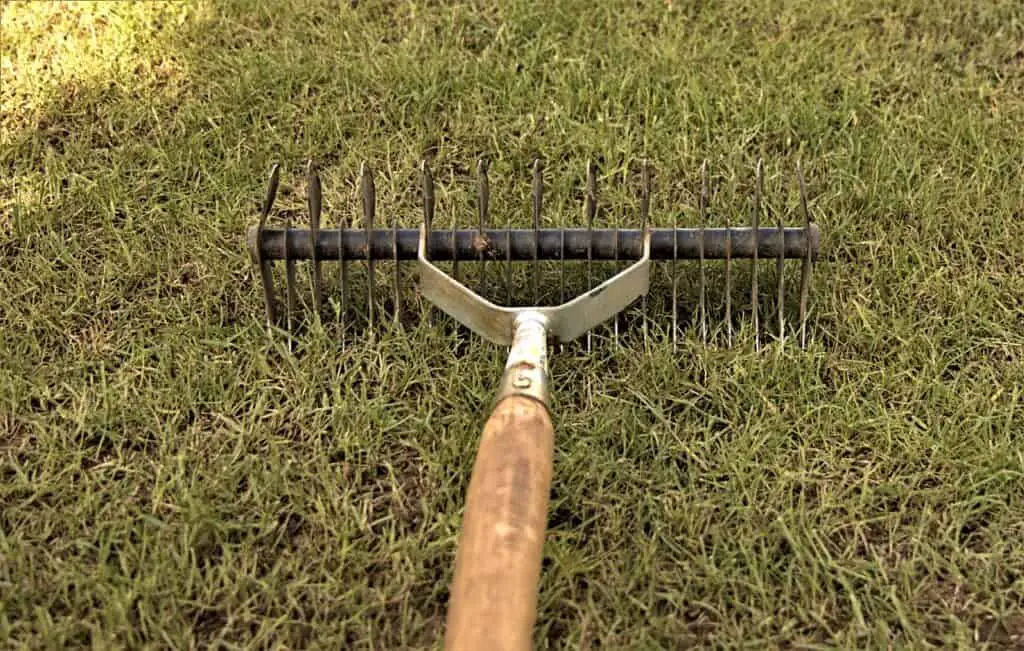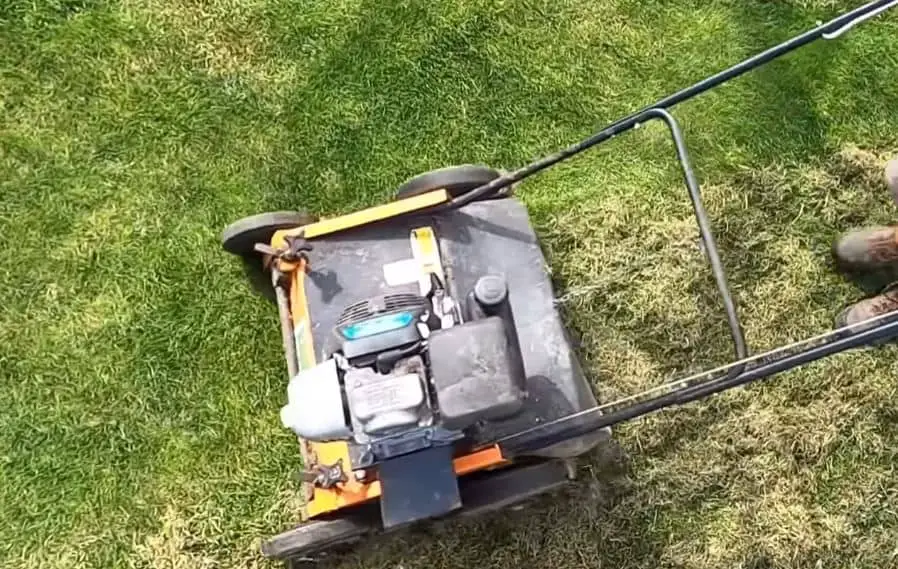When to Rake or Scarify Your Lawn: A Complete Guide
If you’re looking to maintain a healthy and beautiful lawn, lawn care should be at the top of your list. One crucial aspect of lawn care is scarification, the process of removing thatch and moss from the surface of your lawn. Scarifying your lawn is an essential procedure that can help your lawn grow and stay healthy for years to come. In this article, we’ll explore the best best time to rake and scarify is.
The best time to scarify your lawn depends on the season and the weather. The ideal time is in the spring and autumn months, when the grass is actively growing, and the weather is mild.
When scarifying your lawn, you can use either a rake or a scarifying machine, depending on the size of your lawn.

Spring: Raking & Light Scarifying
If you want to remove light thatch and moss from your lawn in the spring, April is an ideal time. As the weather warms up and the lawn starts to grow, it is a great time to do this.
Light scarifying in spring can help to maintain a healthy lawn, improving its growth and appearance. Yet, it should be done before summer sets in, as the heat and dryness can slow down your lawn’s recovery rate.
Autumn: Heavy Scarifying
When dealing with heavy thatch infestations or moss infestations that require deeper scarification or raking to be carried out, the best time to scarify is in autumn. This time tends to fall in late September, just as the rain starts to fall, but before the cold weather sets in.
In many places, your lawn will be exposed to the soil after heavy scarifying or raking.
There are numerous benefits to this treatment, not only it makes an excellent seed bed, but it will also eliminate the majority of the weed seeds floating around during the summer, it also helps to increase aeration in your lawn.
Once you have scarified your lawn now is the best time to sprinkle some new grass seed around.
However, there are a few exceptions when spring is the best time:
- Perform the task in spring if you were not able to do it in the previous autumn.
- It would be better to wait until spring to scarify a shady area, as a shady area will thin over winter and thicken up from spring onwards. Scarifying an area in autumn could make things worse.
- To avoid reducing grass health and vigor caused by tree shade and autumn leaves, wait until late March through April to perform the task if the area is under trees. As a result of the trees being bare in the spring, your lawn will receive maximum light, allowing for good growth and maximum chances for grass seed to germinate.
You want to avoid scarifying in the following circumstances:
- It’s usually during the middle of summer, when the grass is growing quickly. It causes the mowing to be really difficult for a few weeks after scarification when the grass is growing fast
- In the presence of weeds or when they are actively growing
- When there is a heatwave and the ground is extremely dry
- The ground becomes saturated during a wet season
- After using a systemic lawn weed killer or moss killer, you should always wait one or two weeks
- You shouldn’t scarify turf that has been laid down or a lawn that has just been seeded: let them establish for at least a year or two before scarifying them

Ready Your Lawn for Scarifying or Raking
You will need to ensure that you have short and dry grass in your lawn before you begin raking or scarifying it. You should do this by cutting your lawn gradually over a week or two beforehand. As a result, the grass will not be shocked, and air will be permitted to penetrate deeper into the turf, causing it to dry faster.
If you overseed after scarifying, you may have problems with seed germination and control of creeping weeds. It is best to manually remove weeds from your lawn, but you should not use any weed killer.
Lastly, the most important part of preparation is to ensure that the soil is moist enough in order to allow for a speedy recovery of the lawn. If the conditions are too much (soft ground) or too little (dry, hard soil), you should wait until the conditions improve, assist in improving, or do not rake or scarify at all.
The day before you attack your lawn, make sure you mow it as short as possible, without scalping it. Raising dry grass and moss is easier than raking long grass, since long grass creates resistance to scarifies, which can lead to the accumulation of more rubbish. If you want to make sure the grass is mowed, it is best to do it on a dry day, with no dew around. The afternoons are usually the best time to do it. If the weather doesn’t cooperate, it is still best to keep it mowed.
